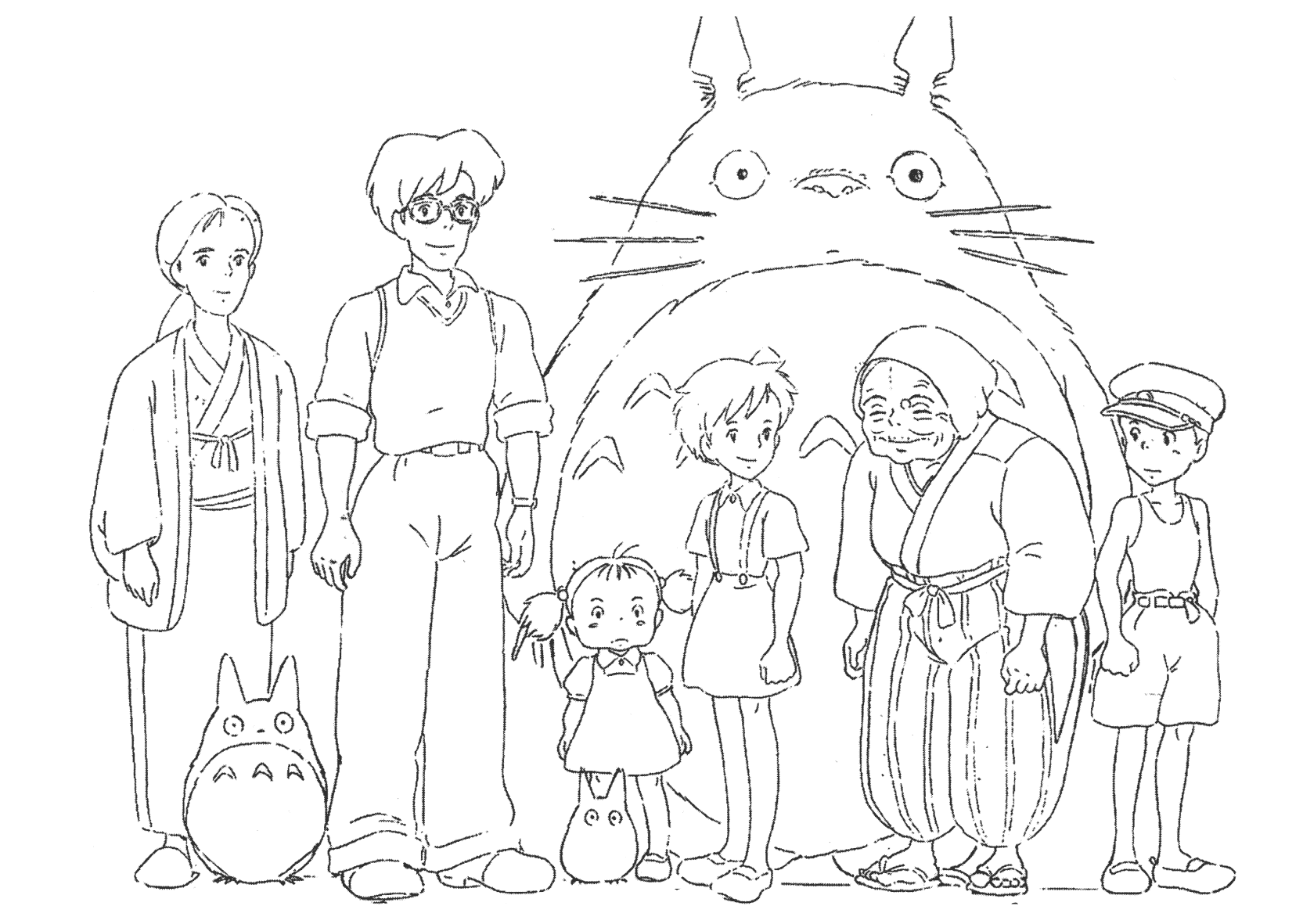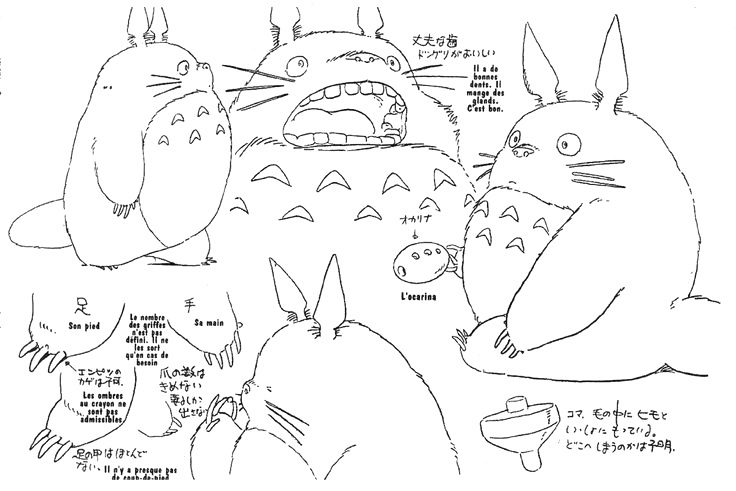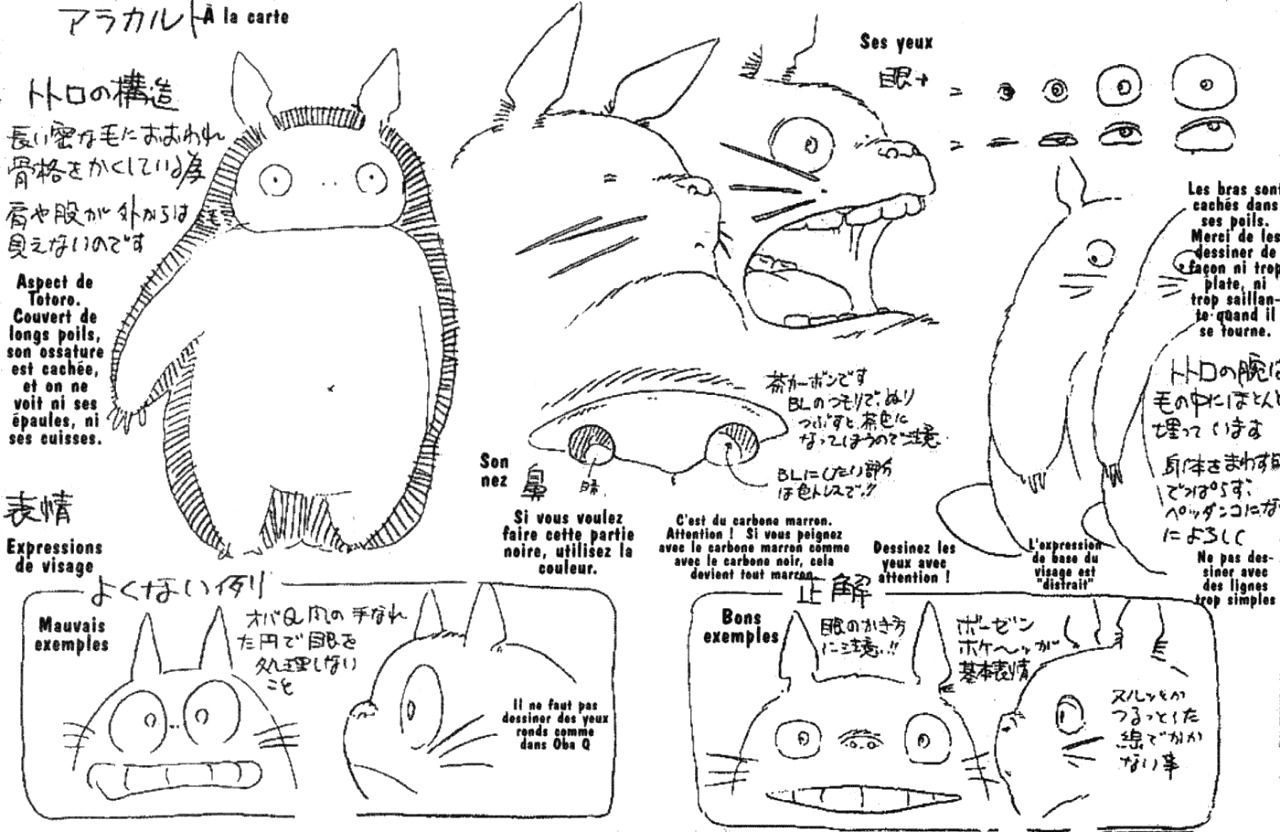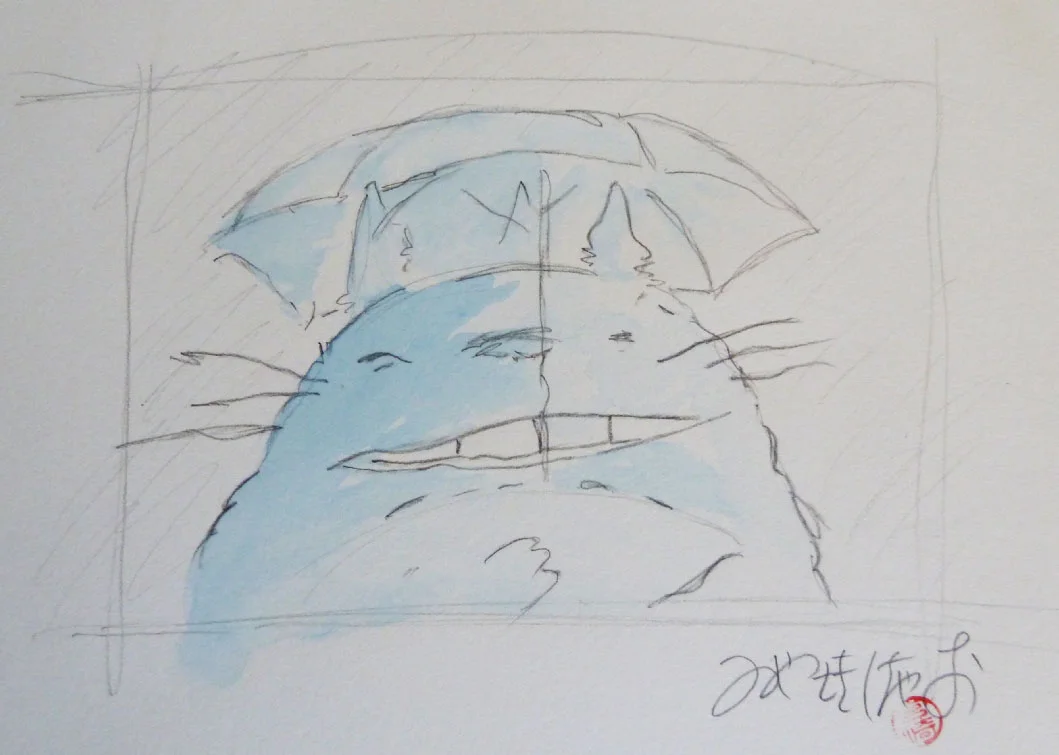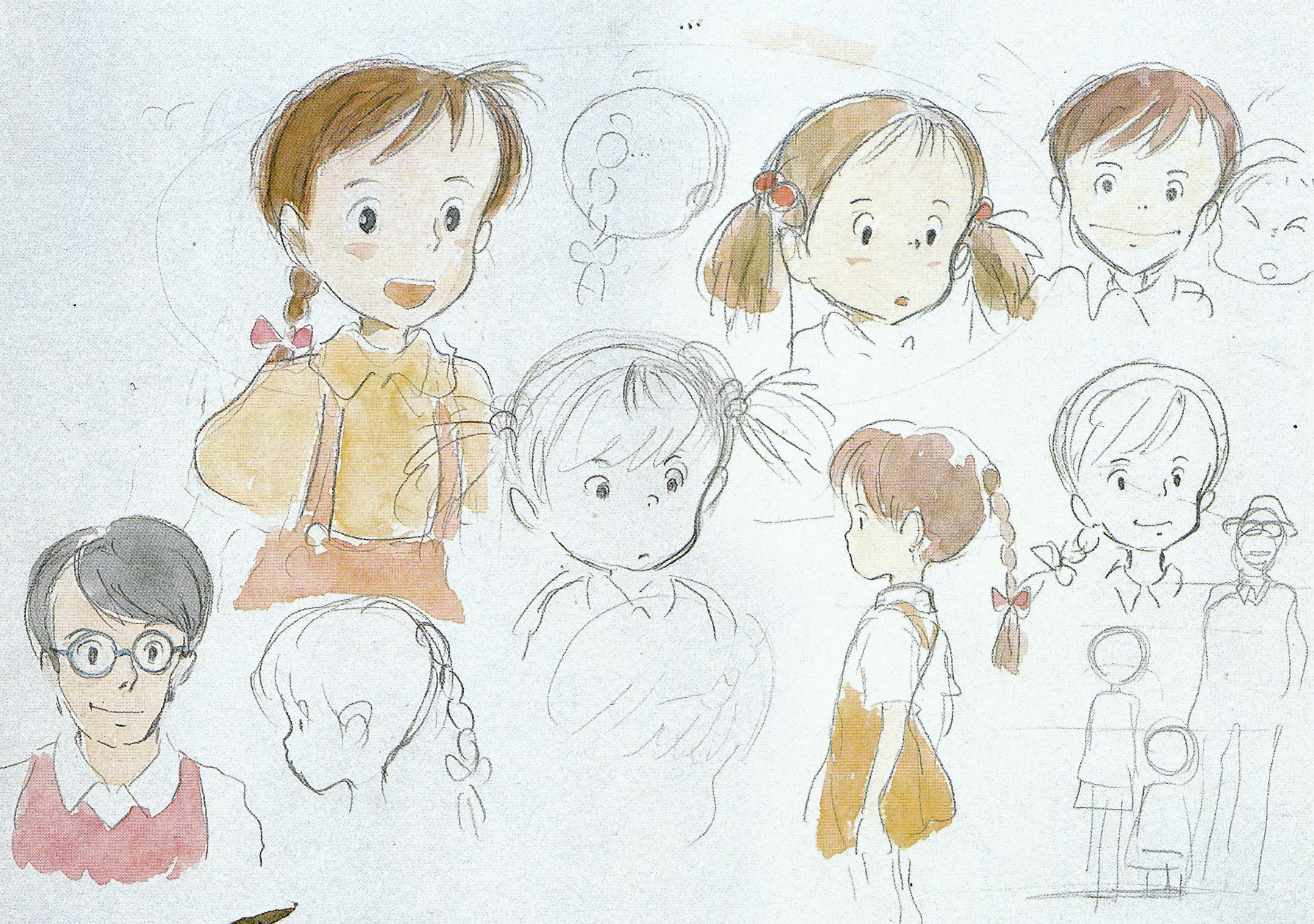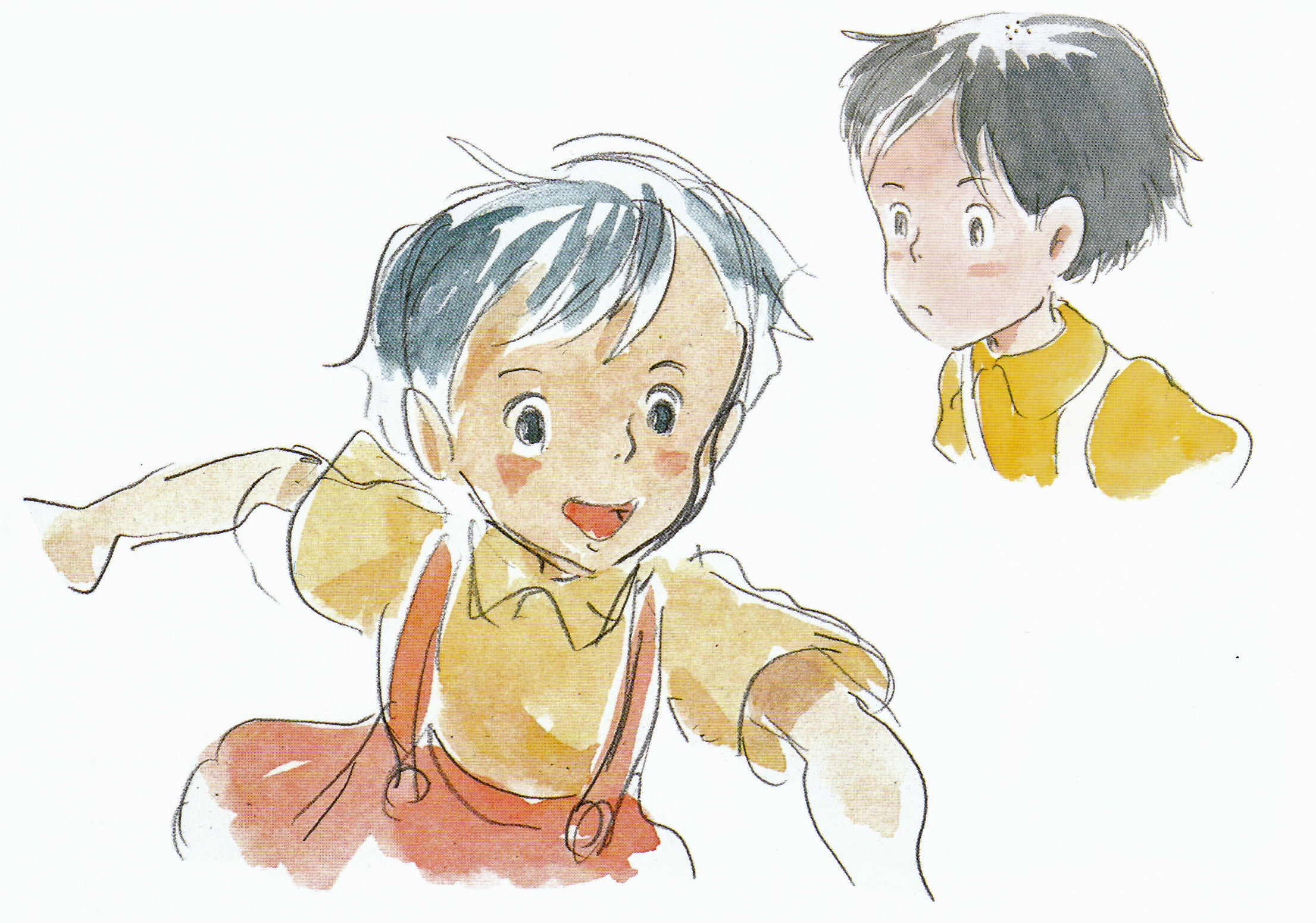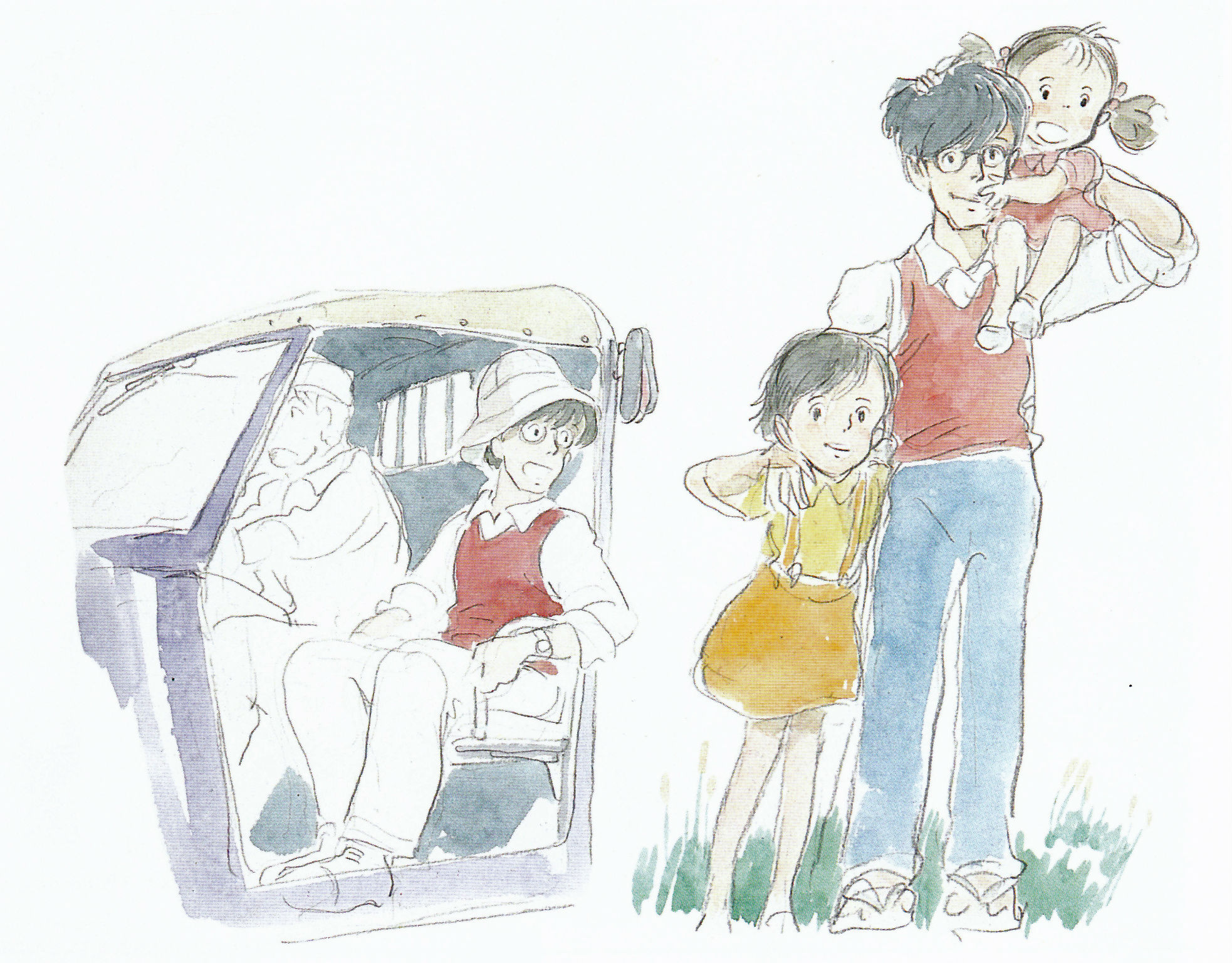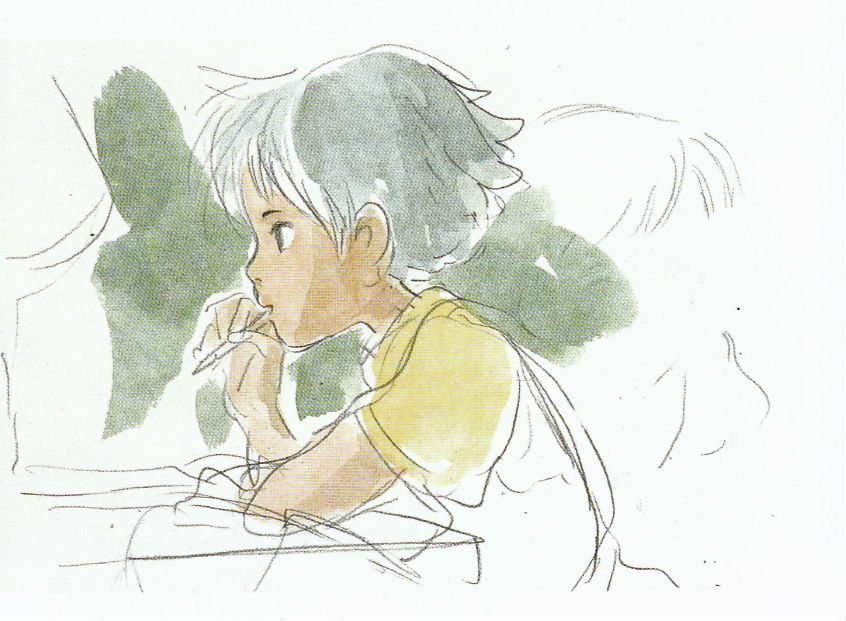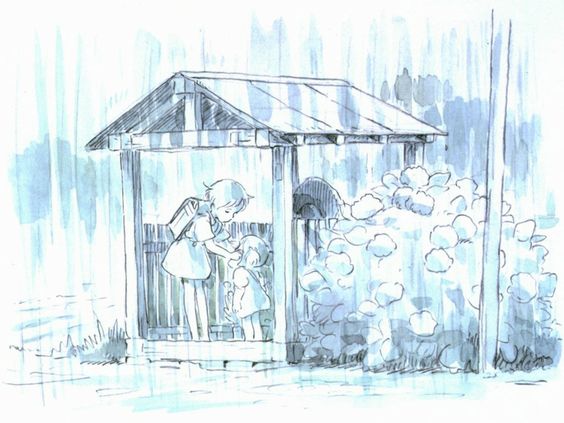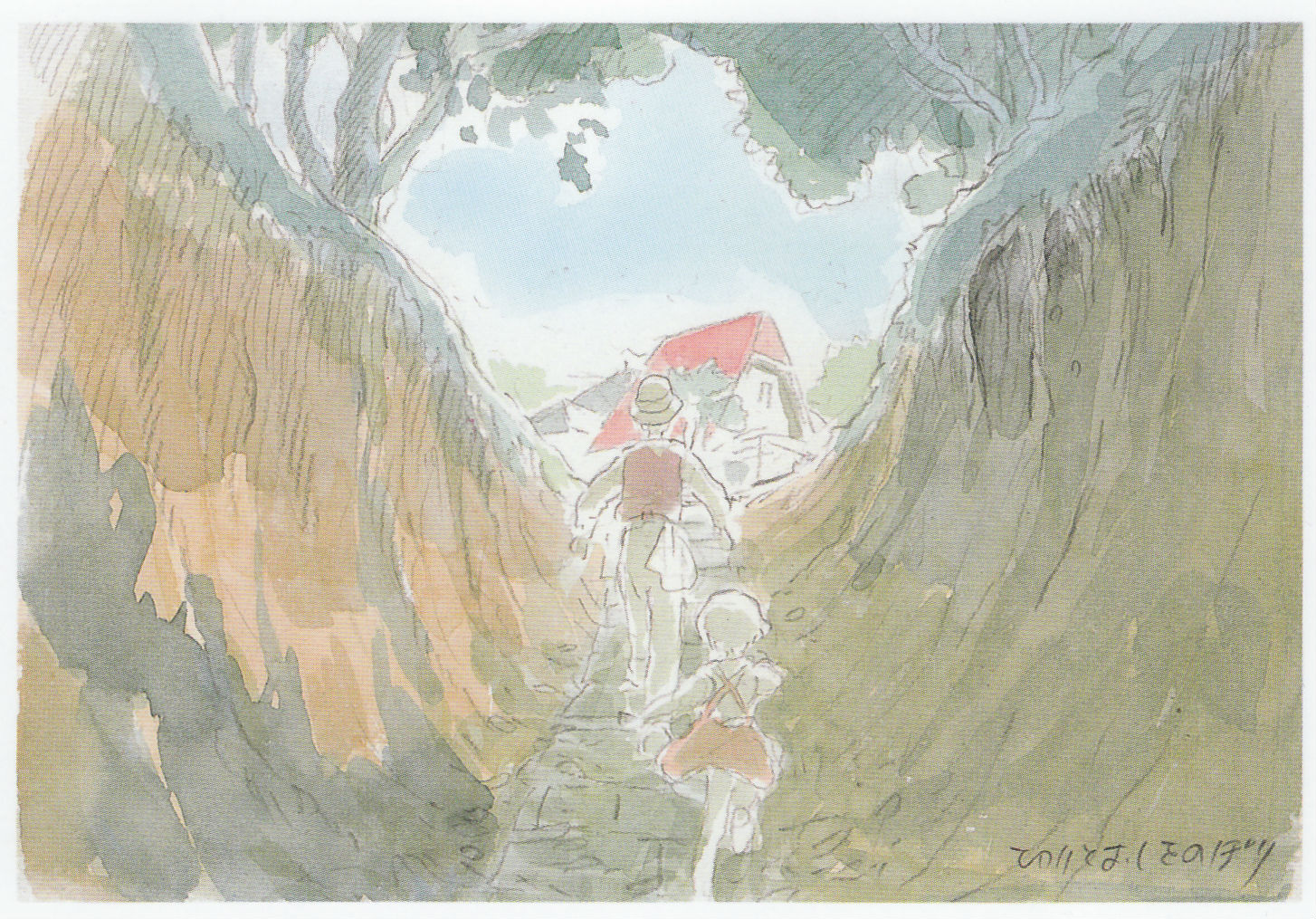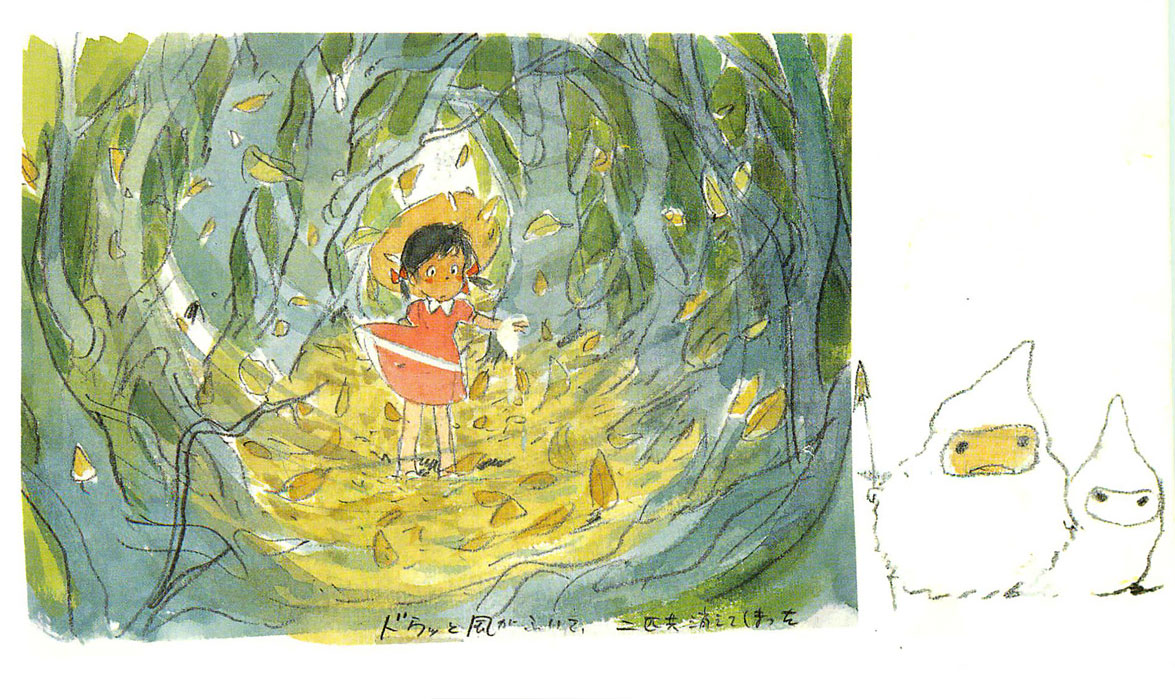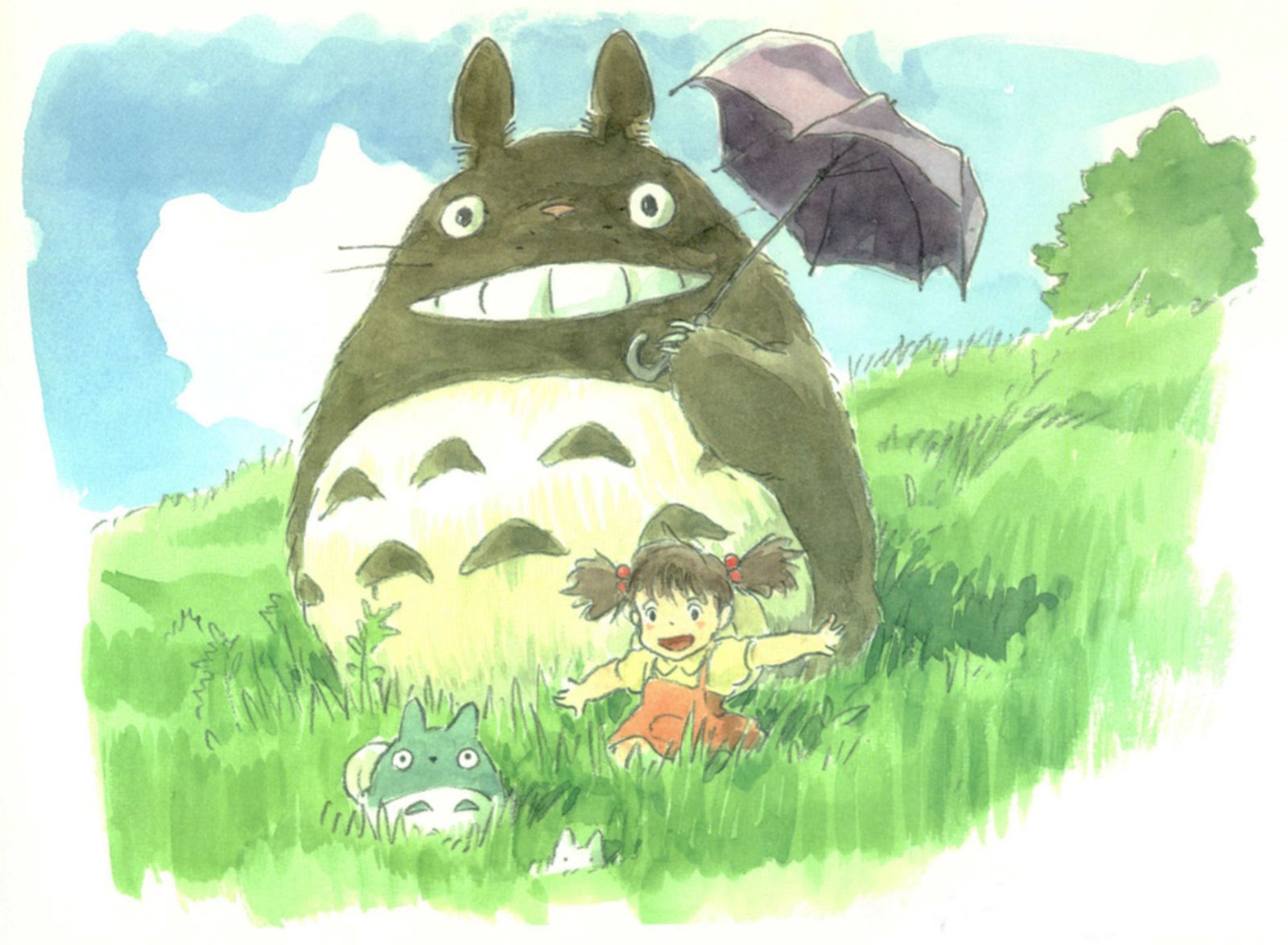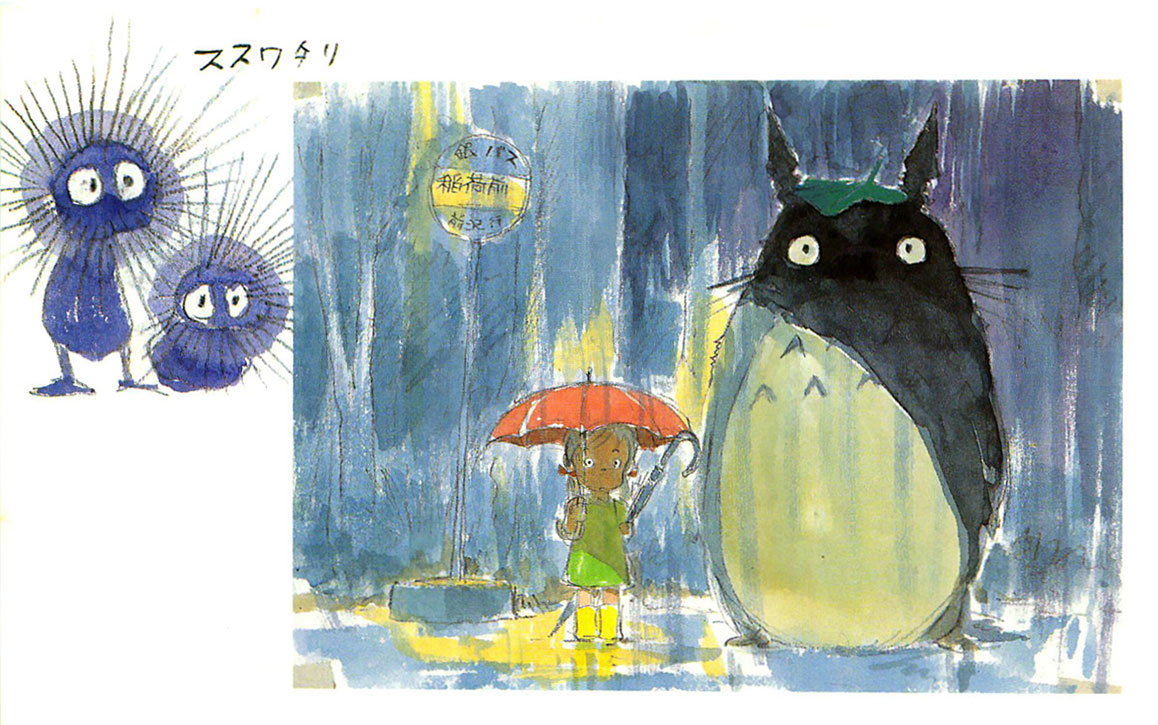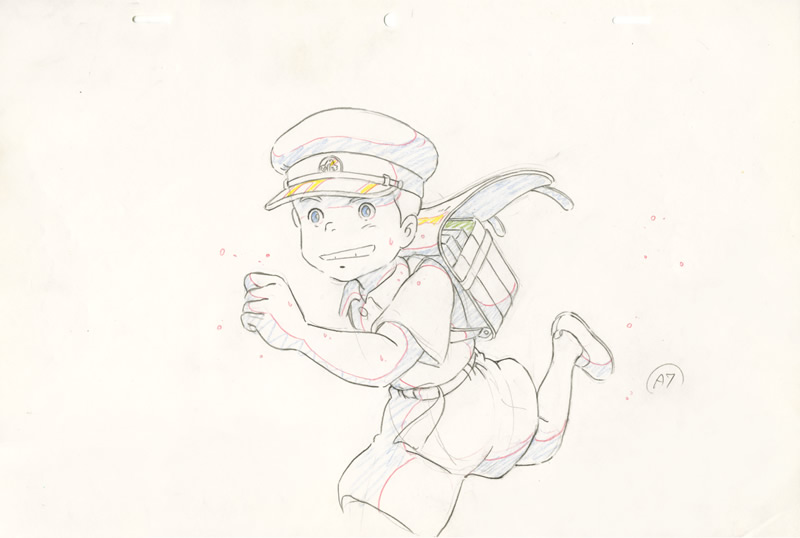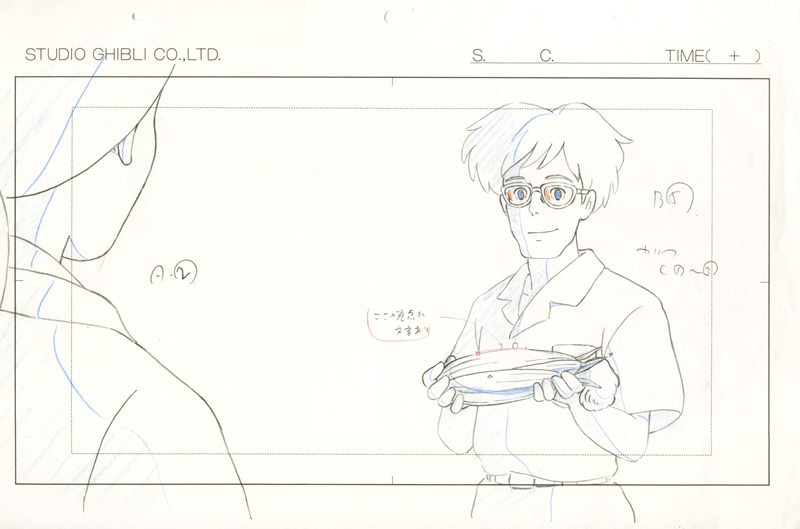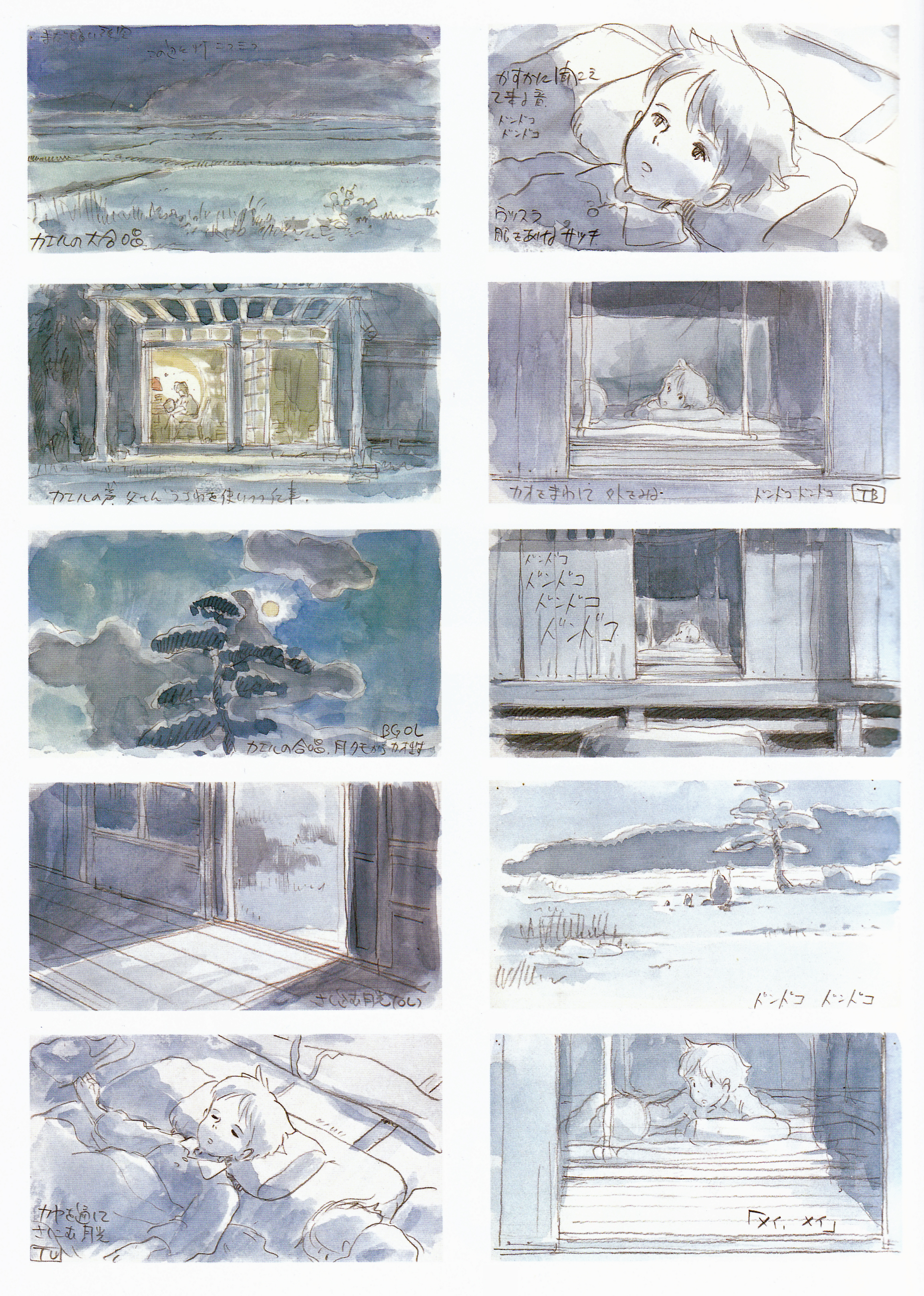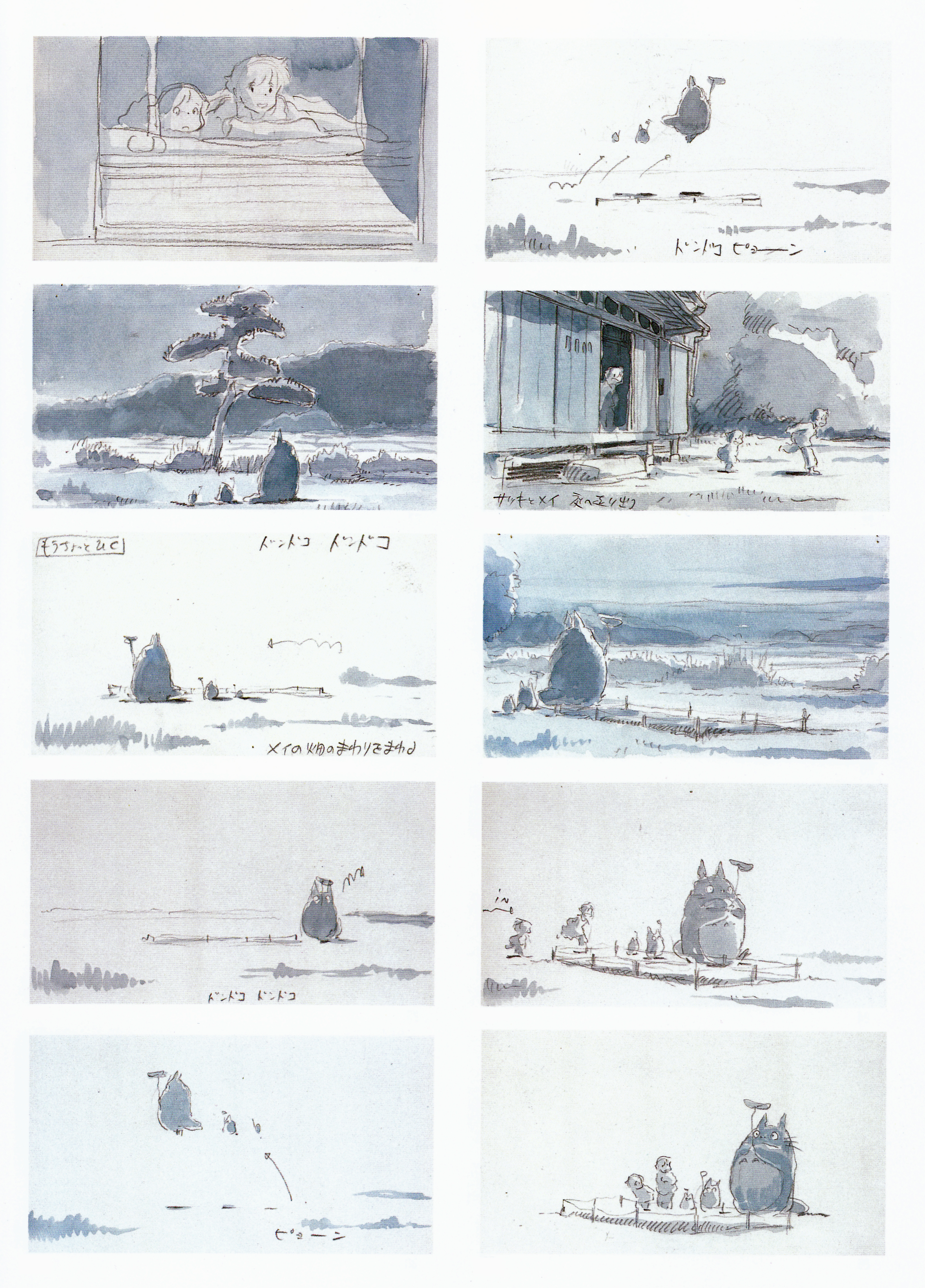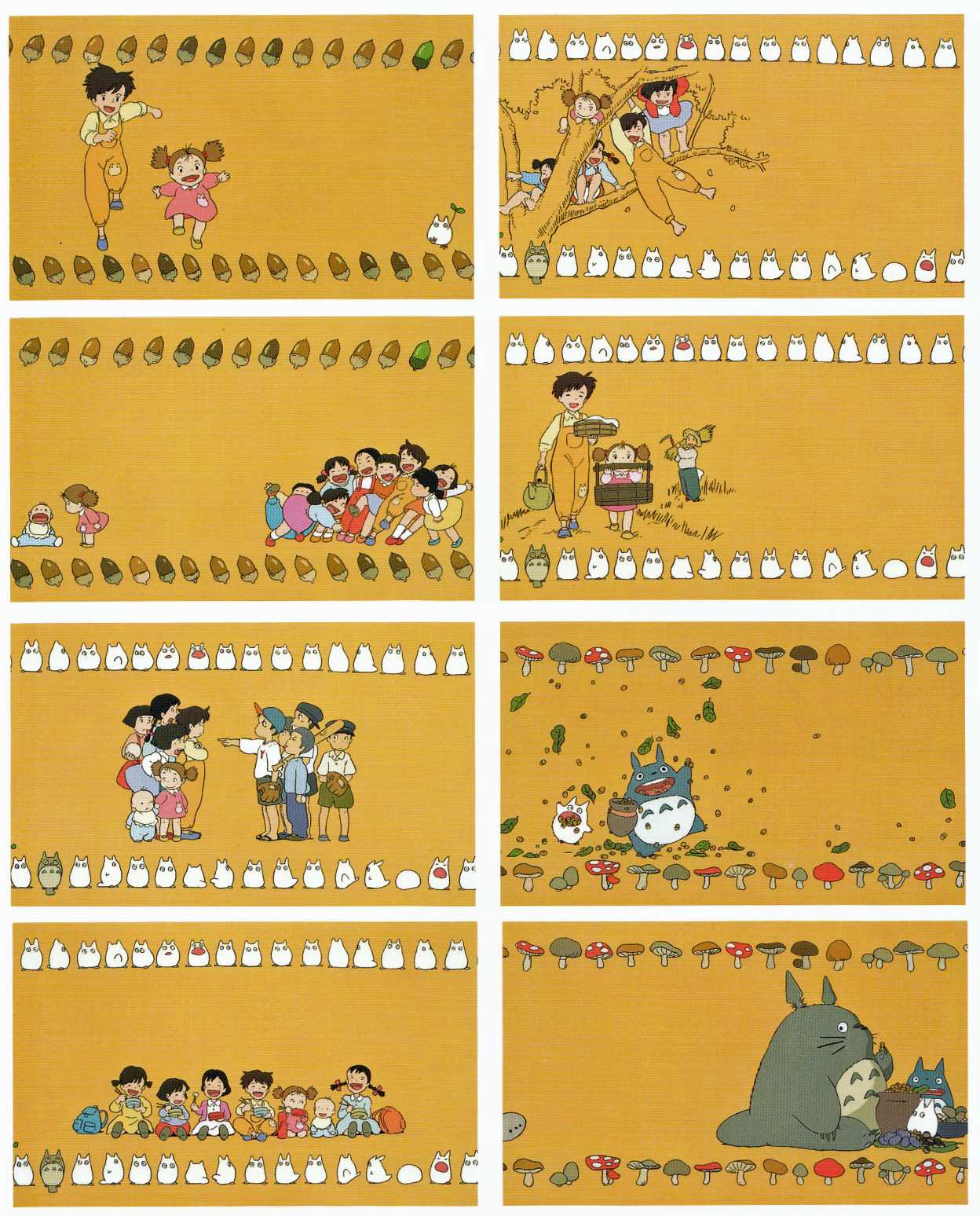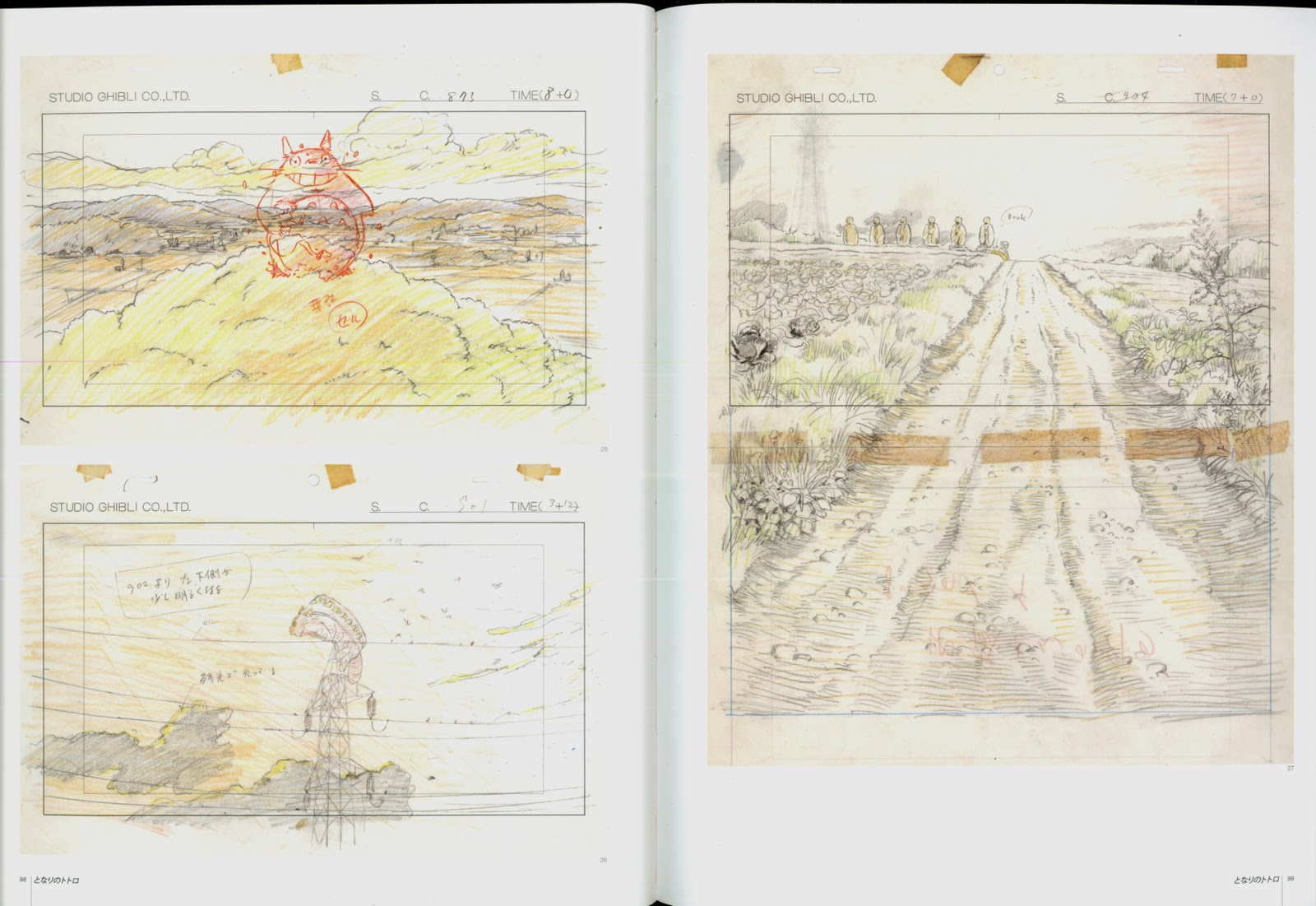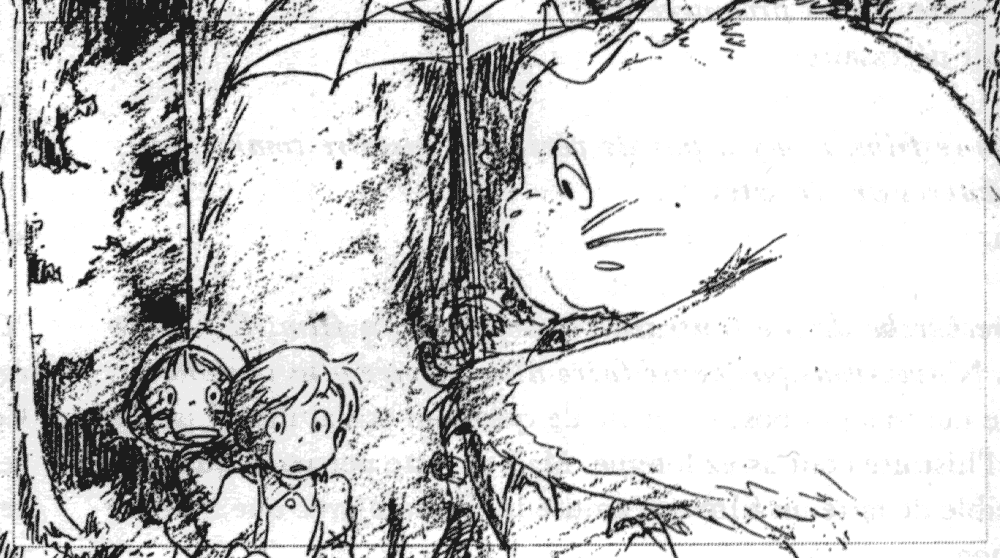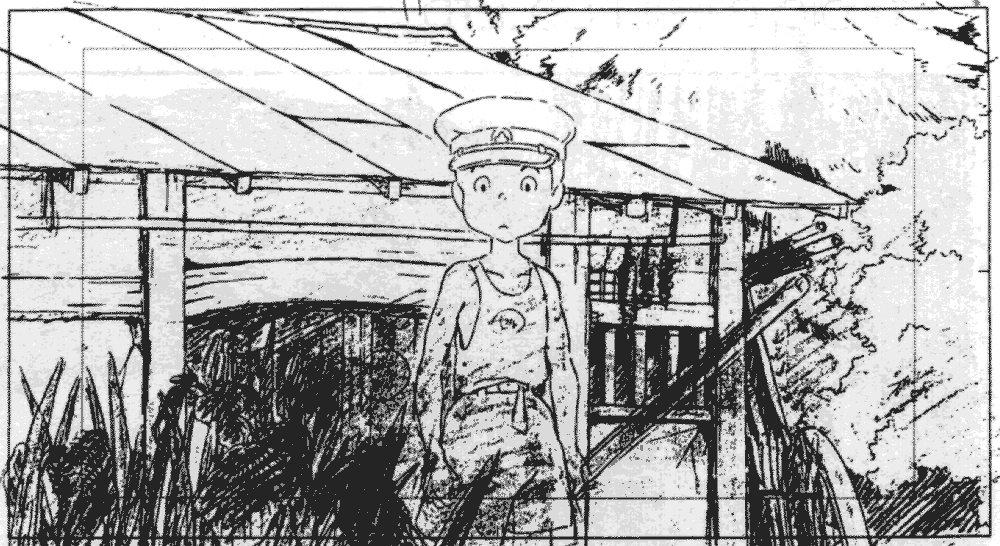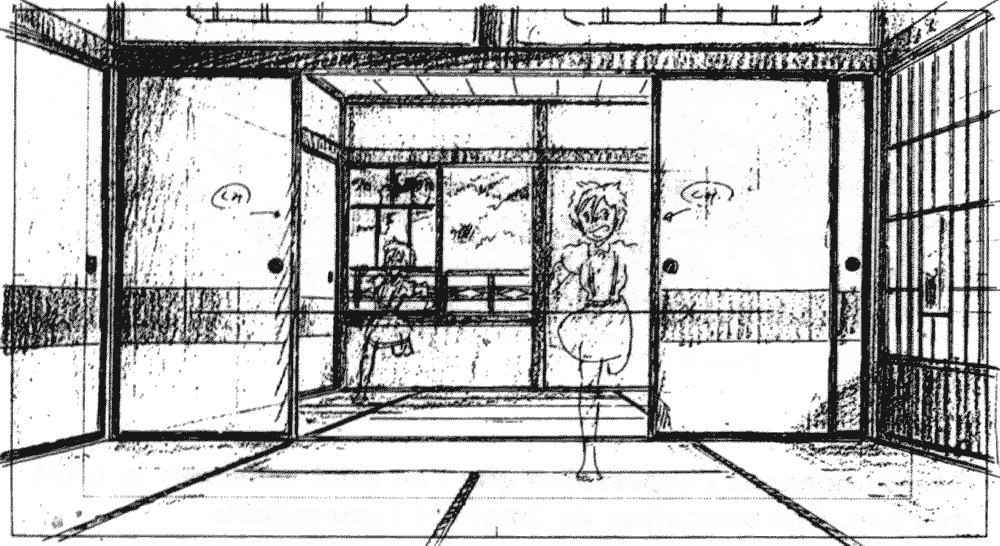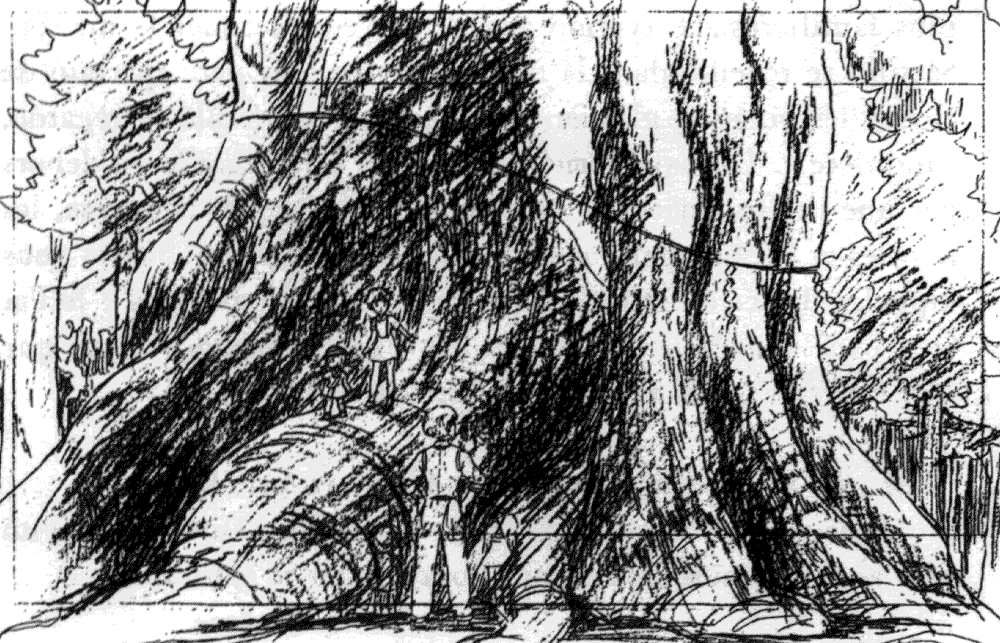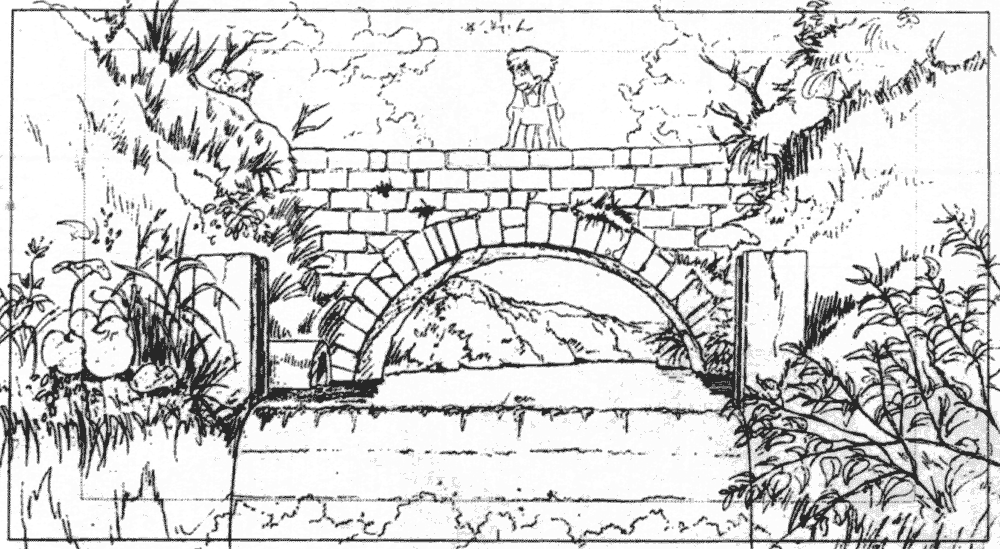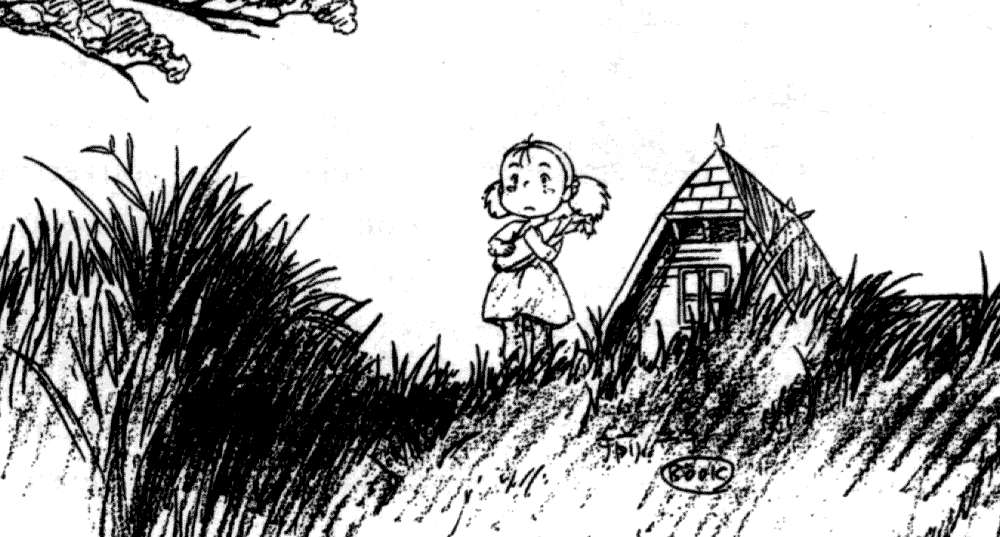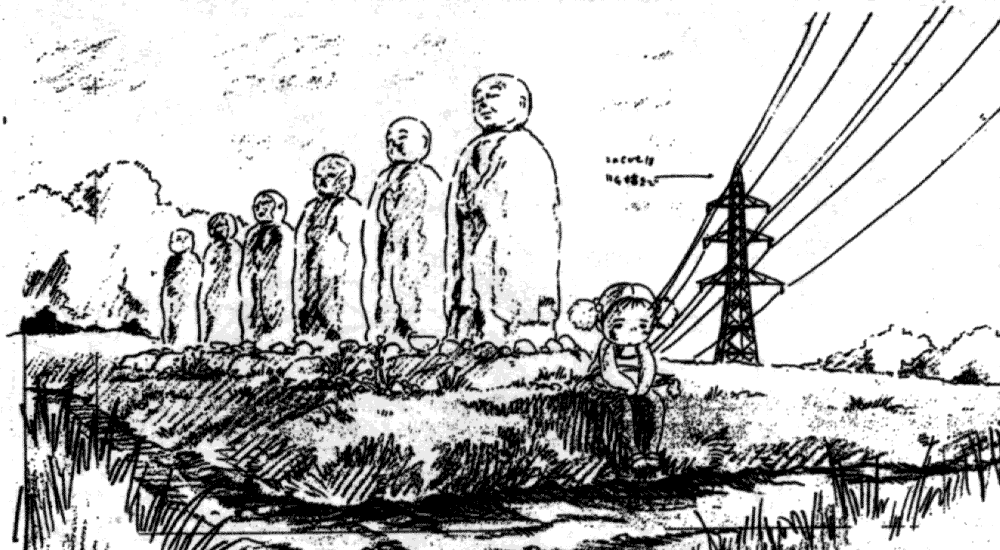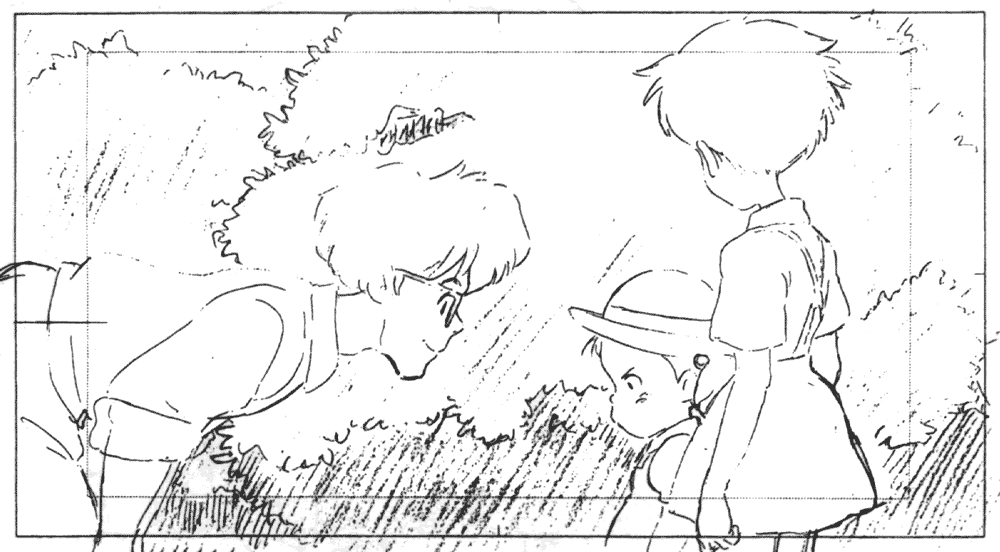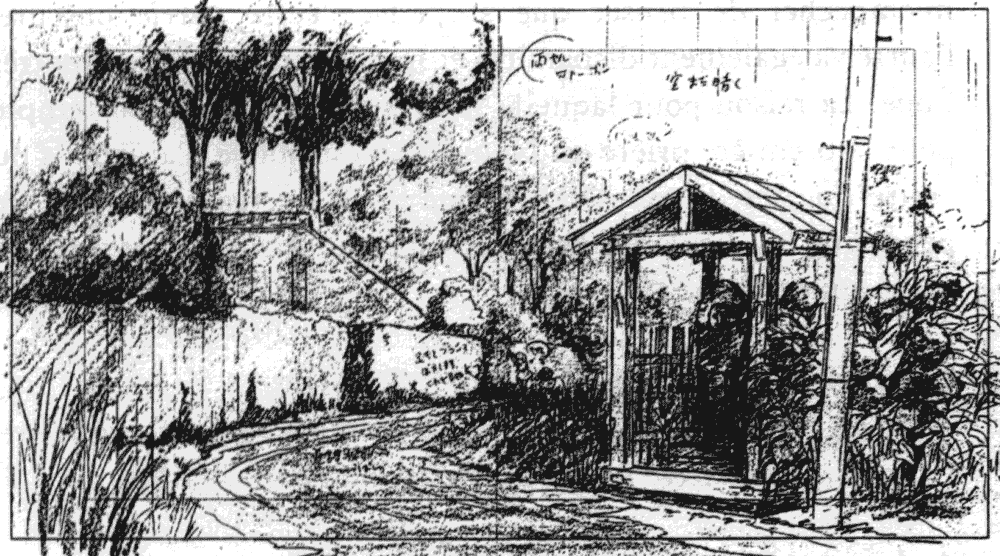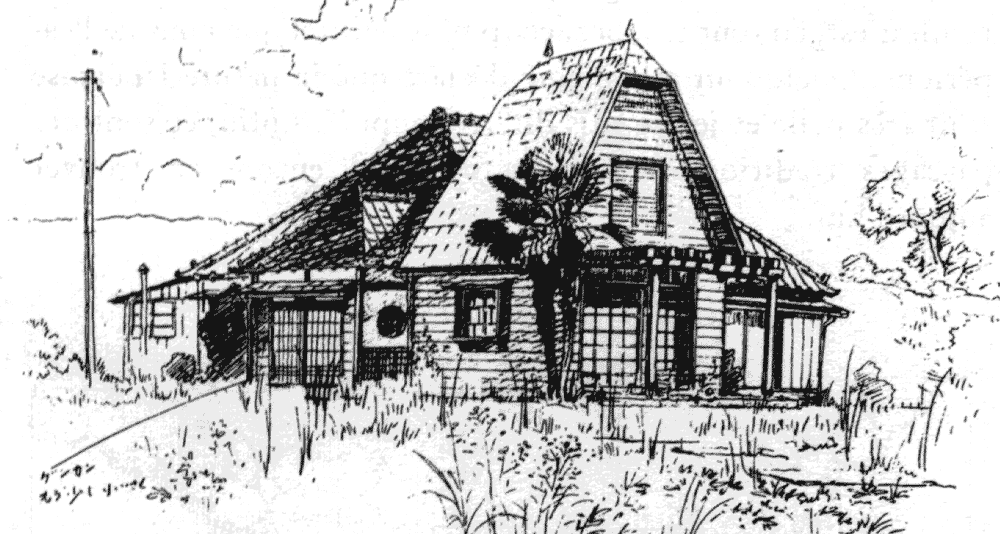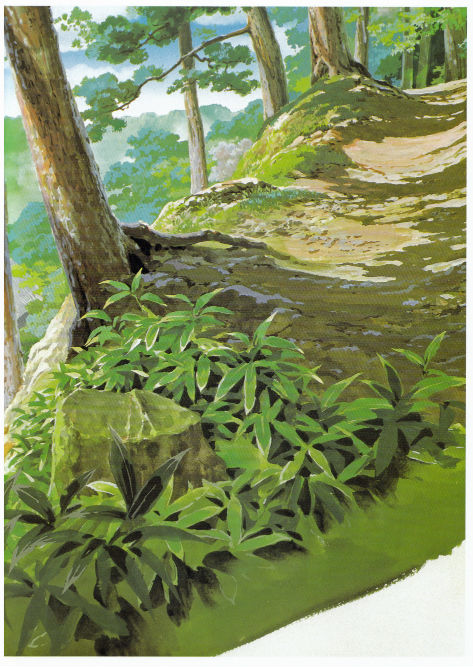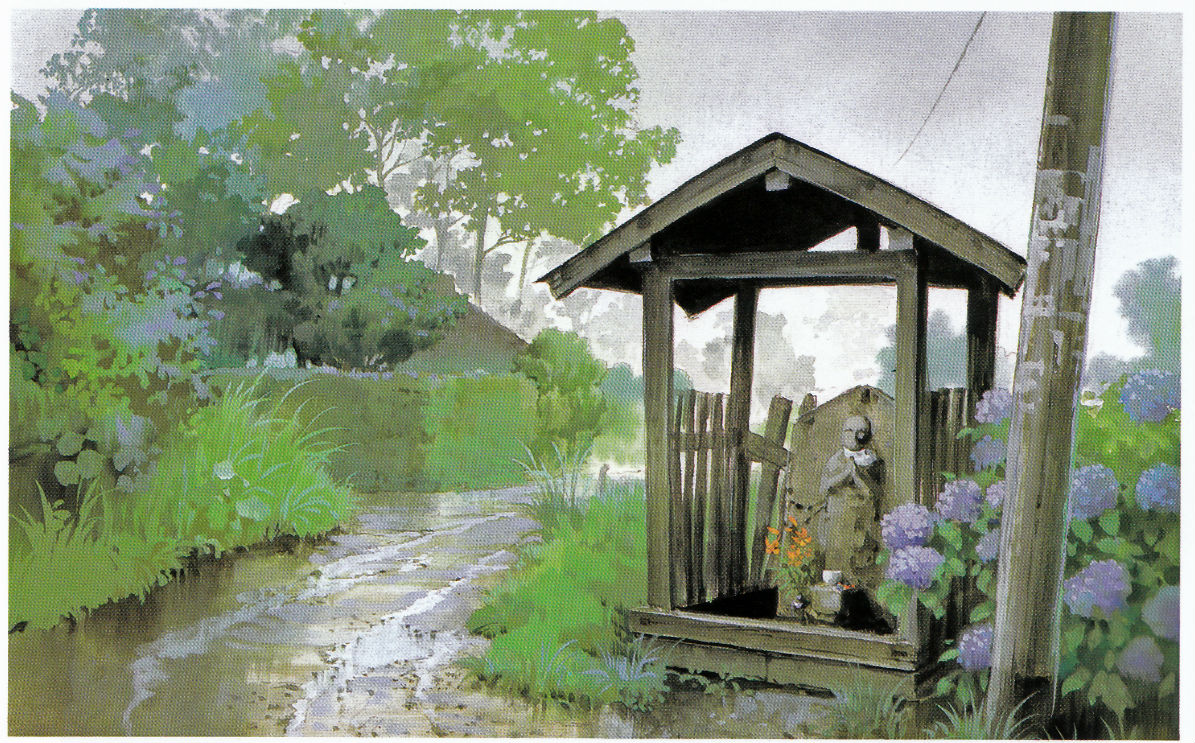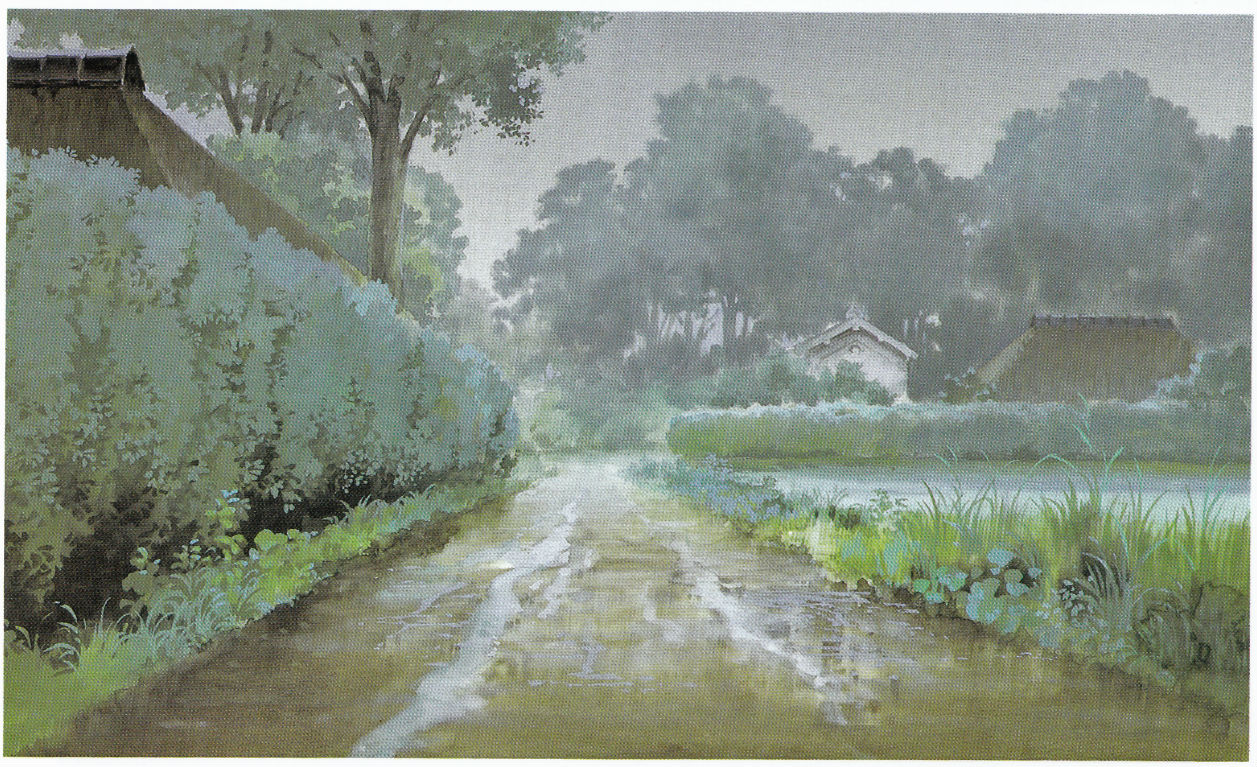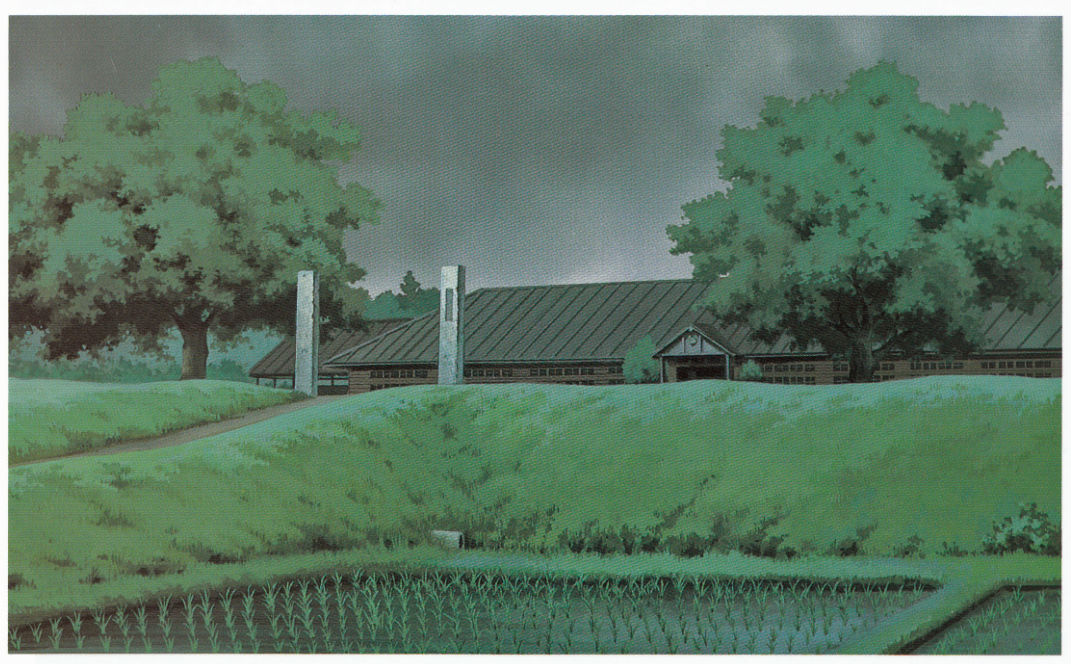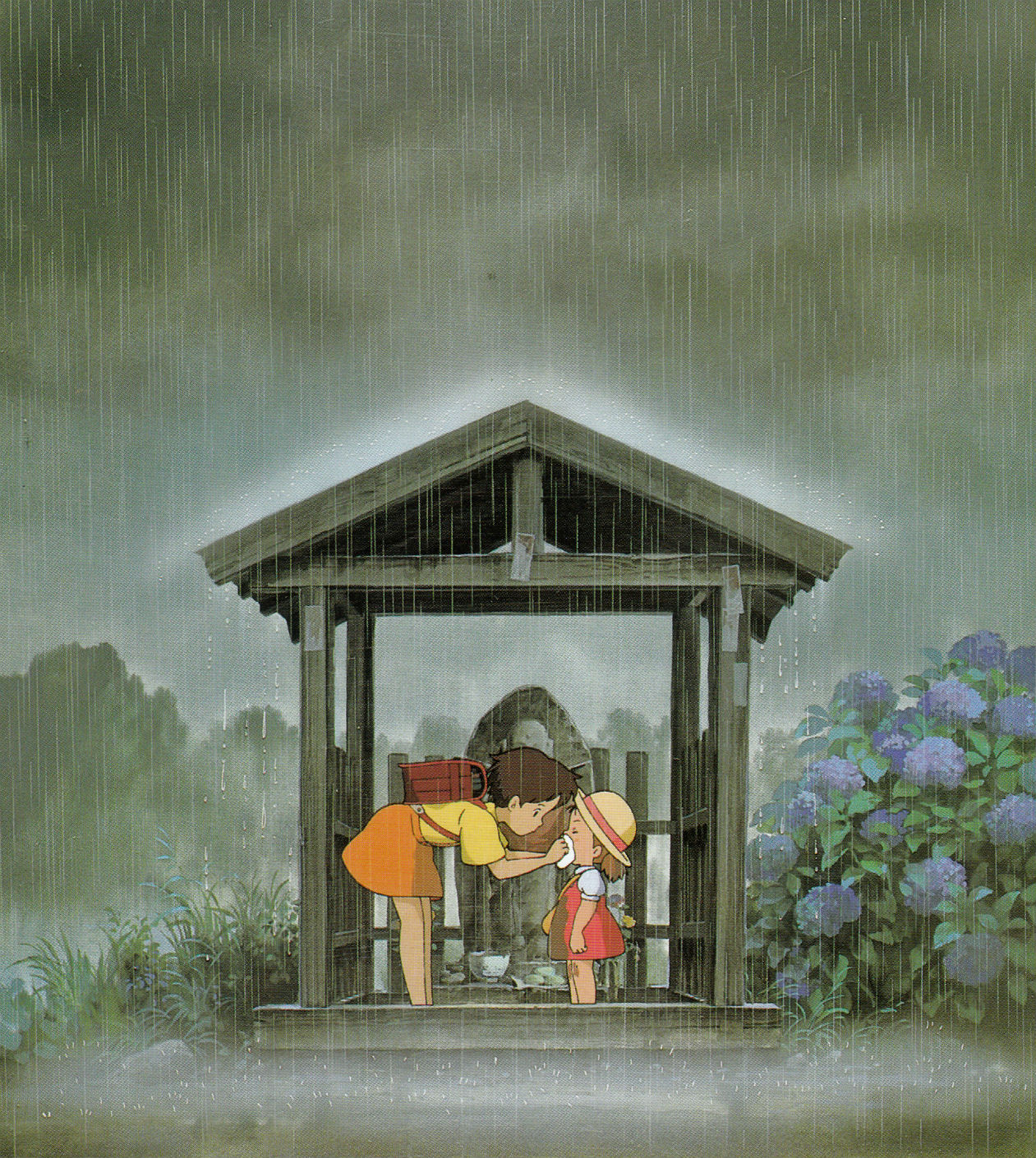Art of My Neighbor Totoro
/ CDRMy Neighbor Totoro is an animated movie produced by Studio Ghibli and directed by Hayao Miyazaki in 1988. After working on 3000 Miles in Search of a Mother, Miyazaki wanted to make a "delightful, wonderful film" that would be set in Japan with the idea to "entertain and touch its viewers, but stay with them long after they have left the theaters". Initially, Miyazaki had the main characters Totoro, Mei, Tatsuo, and Kanta. The director based Mei on his niece, and Totoros as "serene, carefree creatures" that were "supposedly the forest keeper, but that's only a half-baked idea, a rough approximation".
Art director Kazuo Oga was drawn to the film when Hayao Miyazaki showed him an original image of Totoro standing in a satoyama. Miyazaki challenged Oga to raise his standards, and Oga's experience with My Neighbor Totoro began Oga's career. Oga and Miyazaki debated the film's color palette; Oga wanted to paint black soil from Akita Prefecture and Miyazaki preferred the color of red soil from Kantō region. The finished film was described by Studio Ghibli producer Toshio Suzuki; "It was nature painted with translucent colors". Oga's work on My Neighbor Totoro led to his continued involvement with Studio Ghibli, which assigned him jobs that would play to his strengths, and Oga's style became a trademark style of Studio Ghibli. Only one young girl, rather than two sisters, is depicted in several of Miyazaki's initial conceptual watercolor paintings, as well as on the theatrical release poster and on later home video releases. According to Miyazaki; "If she was a little girl who plays around in the yard, she wouldn't be meeting her father at a bus stop, so we had to come up with two girls instead. And that was difficult". Miyazaki said the film's opening sequence was not storyboarded; "The sequence was determined through permutations and combinations determined by the time sheets. Each element was made individually and combined in the time sheets". The ending sequence depicts the mother's return home and the signs of her return to good health by playing with Satsuki and Mei outside.
Miyazaki stated that the story was initially intended to be set in 1955, however, the team was not thorough in the research and instead worked on a setting "in the recent past". The film was originally set to be an hour long but during production, it grew to respond to the social context, including the reason for the move and the father's occupation. Eight animators worked on the film, which was completed in eight months. Tetsuya Endo noted numerous animation techniques were used in the film. For example, ripples were designed with "two colors of highlighting and shading" and the rain for My Neighbor Totoro was "scratched in the cels" and superimposed for it to convey a soft feel. The animators stated one month was taken to create the tadpoles, which included four colors; the water for it was also blurred.
The music for My Neighbor Totoro was composed by Joe Hisaishi, who previously collaborated with Miyazaki on the movies Nausicaä of the Valley of the Wind and Castle in the Sky. Hisaishi was inspired by contemporary composers Terry Riley, Philip Glass, Steve Reich, Karlheinz Stockhausen, and John Cage, and described Miyazaki's films as "rich and personally compelling". He hired an orchestra for the soundtrack and primarily used a Fairlight instrument. My Neighbor Totoro was considered a milestone for writer-director Hayao Miyazaki. The popularity of the film's central character Totoro among Japanese children has been likened to that of Winnie-the-Pooh in Britain.
The pictures on this page are a collection of artworks created for this movie.
THE STORY
In 1950s Japan, university professor Tatsuo Kusakabe and his daughters Satsuki and Mei (approximately ten and four years old, respectively) move into an old house close to the hospital where the girls' mother, Yasuko, is recovering from a long-term illness. The house is inhabited by small, dark, dust-like house spirits called susuwatari, which can be seen when moving from bright places to dark ones. The susuwatari leave to find another empty house. Mei discovers two small spirits that lead her into the hollow of a large camphor tree. She befriends a larger spirit, which identifies itself using a series of roars that she interprets as "Totoro". Mei thinks Totoro is the troll from her illustrated book Three Billy Goats Gruff. She falls asleep atop Totoro but when Satsuki finds her, she is on the ground. Despite many attempts, Mei cannot show her family Totoro's tree. Tatsuo comforts her, saying Totoro will reveal himself when he wants to. The girls wait for Tatsuo's bus, which is late. Mei falls asleep on Satsuki's back and Totoro appears beside them, allowing Satsuki to see him for the first time. Totoro has only a leaf on his head for protection against the rain, prompting Satsuki to offer her umbrella to him. Delighted, he gives her a bundle of nuts and seeds in return. A giant, bus-shaped cat arrives; Totoro boards it and leaves.
A few days after planting the seeds, the girls awaken at midnight to find Totoro and his fellow spirits engaged in a ceremonial dance around the planted seeds. They join in, causing the seeds to grow into an enormous tree. Totoro takes the girls for a ride on a magical flying top. In the morning, the tree is gone but the seeds have sprouted. The girls discover that a planned visit by their mother has been postponed because of a setback in her treatment. Mei is upset and argues with Satsuki. She leaves for the hospital to take fresh corn to their mother but gets lost on the way. Mei's disappearance prompts Satsuki and the neighbors to search for her. In desperation, Satsuki pleads for Totoro's help.…

Ready for more?
Discover thousands of model sheets, concept designs, background paintings from the best animation movies and TV series!


